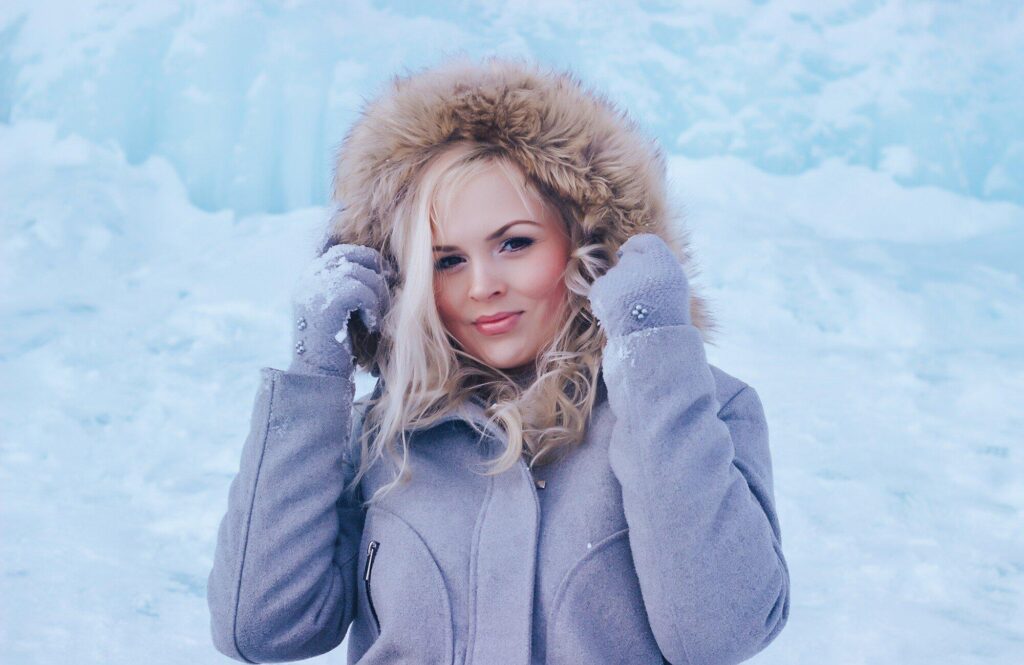When you think about outdoor clothing, warmth often comes to mind first. However, there’s much more to consider than simply staying cozy on a chilly day. Insulation plays a crucial role in outdoor clothing, affecting not only warmth but also comfort and performance.
Let’s explore how insulation works, why it is essential for outdoor gear, and how it enhances our experiences in various environments.
Understanding Insulation
Insulation is the material that helps keep the heat generated by your body from escaping into the cold air outside. It acts as a barrier, trapping air and maintaining a comfortable temperature.
This is crucial when you’re engaging in outdoor activities such as hiking, skiing, or camping. When temperatures drop, insulation helps keep your body at the right temperature, making outdoor adventures more enjoyable.
Various materials are used for insulation, including down feathers, synthetic fibers, and newer technical materials. Each type has its own benefits and drawbacks, depending on the conditions you’ll be facing.
For example, down insulation is known for its excellent warmth-to-weight ratio, while synthetic fibers often perform better in wet conditions, retaining insulation even when wet.
The Benefits of Insulation in Outdoor Clothing
While it’s widely understood that insulation provides warmth, let’s delve deeper into the various benefits it brings to outdoor clothing.
Temperature Regulation
One key benefit of insulation is temperature regulation. Unlike a simple warm coat, insulated clothing can adapt to body heat and the external temperature. When you’re active, your body generates more heat.
Good insulation allows excess heat to escape, preventing overheating. Conversely, when you’re inactive, insulation traps your body heat, keeping you warm. This balance enhances your comfort, especially during long outdoor excursions.
Lightweight and Packable Options
Modern insulation technologies have led to lightweight and packable clothing options. Designers aim for outdoor wear that doesn’t weigh you down, making it easier to carry gear.
Lightweight insulated jackets are perfect for various activities, providing ample warmth without bulk. For enthusiasts of camping and hiking, packing light can make a huge difference, ensuring you have energy for your outdoor adventures.
Breathability
While insulation is designed to trap heat, it’s also crucial for outdoor clothing to be breathable. Breathability allows moisture from sweat to escape, preventing the build-up of dampness, which can lead to chilling.
This is especially important during high-energy activities. High-quality insulated clothing incorporates breathable materials in its design to strike the right balance between keeping warm and preventing overheating.
Types of Insulation
Understanding the different types of insulation available helps you make informed choices when selecting outdoor clothing. Let’s look at some common types.
Down Insulation
Down insulation comes from the soft feathers found beneath the outer feathers of ducks and geese. It is lightweight, compressible, and highly effective at trapping heat.
However, it can lose its insulating properties when wet. To mitigate this, many brands offer water-resistant down options that maintain warmth even in damp conditions.
Synthetic Insulation
Synthetic insulation is made from man-made fibers, often designed specifically to mimic the properties of down. A significant advantage of synthetic insulation is its ability to retain warmth when wet, making it a reliable option for wet-weather activities.
Brands have developed advanced synthetic materials that also mimic the loft of down, offering substantial warmth while being more affordable.
Hybrid Insulation
Some outdoor clothing combines both down and synthetic insulation to provide the best of both worlds. This hybrid approach capitalizes on down’s lightweight and compressible properties while ensuring reliable performance in wet conditions through synthetic materials. It’s a versatile solution for varied weather and activity types.
Insulation in Action at Real-Life Situations
Imagine you’re on a winter hike, traversing snowy landscapes surrounded by breathtaking scenery. The cold air can quickly sap your warmth if you’re not dressed appropriately.
Here’s where insulation plays a starring role in your outdoor clothing, like the Snugpak SJ9 jacket. This jacket provides great insulation while allowing you to move freely. Suitable for various conditions, it showcases how modern insulation technology enhances outdoor experiences.
Moreover, whether you’re skiing down a mountain or setting up camp, having insulation that works well with your activities keeps you comfortable and focused. Choosing the right insulated clothing allows you to enjoy the joys of nature without getting too cold or overheated.
Choosing the Right Insulation for Your Needs
As outdoor enthusiasts, we need to consider several factors when selecting insulated clothing. Understanding your activities, local climate, and personal needs can help guide your choices.
Activity Level
Your level of activity is one of the most vital considerations when choosing insulation. If you’re frequently on the move, like hiking or skiing, you may need more breathable and lighter insulation to avoid overheating.
On the other hand, if you’ll be stationary for extended periods, something with a higher insulation value may be preferred.
Weather Conditions
Consider the weather conditions typical for your outdoor adventures. If you often face wet or damp conditions, synthetic insulation may be better due to its ability to function effectively when wet.
For cold and dry environments, a down-insulated jacket could provide superior warmth without added bulk.
Fit and Comfort
The fit of insulated clothing can also affect its performance. Clothing should be snug but not tight, allowing for mobility while still maintaining warmth.
Check for additional features like adjustable cuffs and hems that can improve fit and performance, making outdoor conditions more bearable.
The Future of Insulation
As technology advances, so does the functionality of insulation in outdoor clothing. New materials and designs are continually emerging, which enhance insulation properties while focusing on sustainability. Many brands are using eco-friendly materials. They deliver great performance and don’t harm the planet.
Additionally, smart textiles are being developed, which can adapt to temperature changes or change properties based on conditions, providing an even more comprehensive experience for outdoor enthusiasts. This exciting future presents great opportunities for how we envision insulation in outdoor wear.
More Than Just Warmth
Insulation in outdoor clothing is a vital component that goes beyond just warmth. It intertwines comfort, performance, and adaptability, catering to various conditions and activities. Understanding how different types of insulation work allows you to select the best clothing for your outdoor adventures.
So gear up, get outside, and enjoy all the wonders nature has to offer with the right insulated clothing in tow!
If you’d like to learn more about what we have to offer, then feel free to visit our website and read more.







